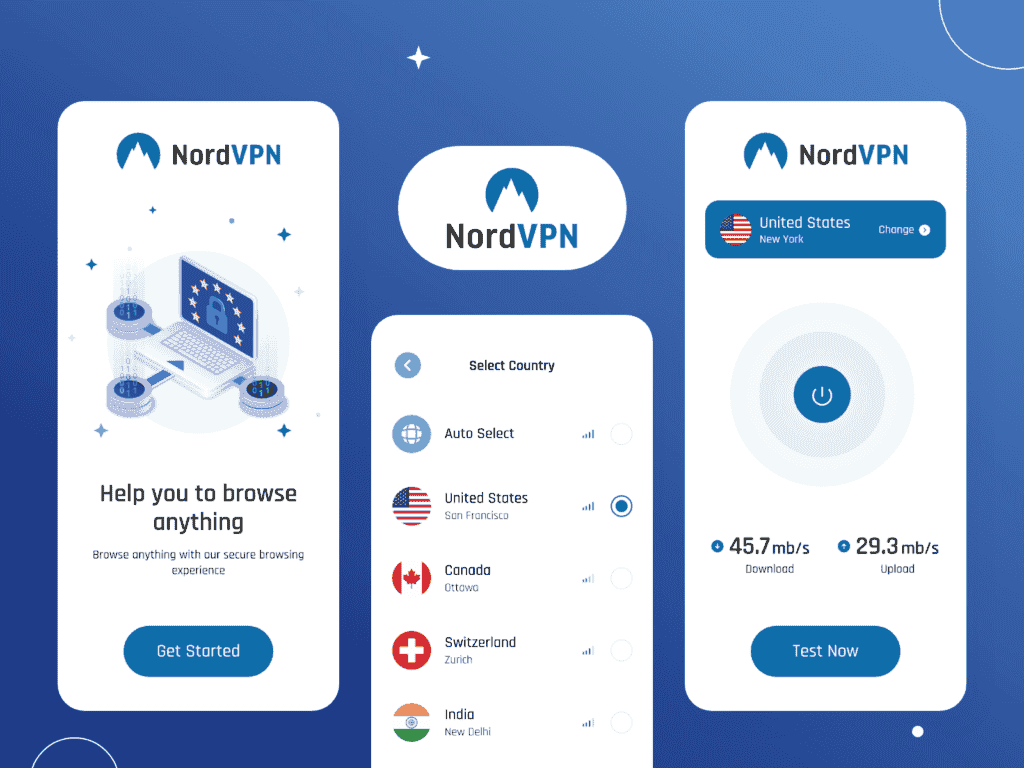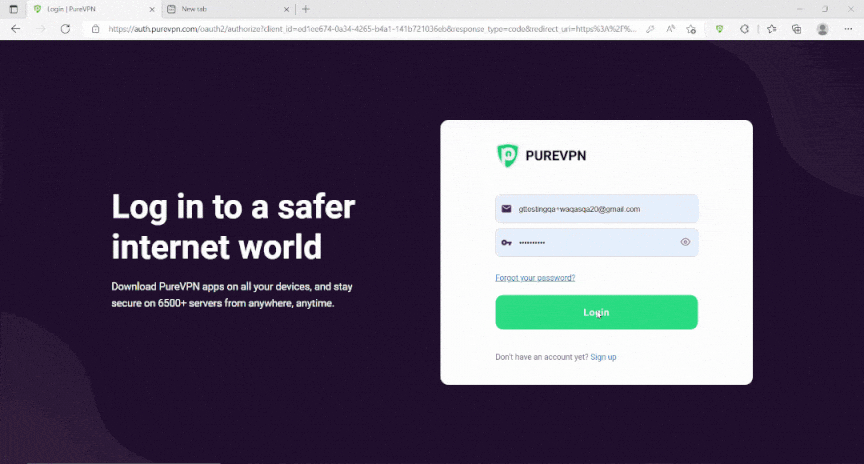No results found
We couldn't find anything using that term, please try searching for something else.

What’s the Point of Playtesting?
Playtesting your game is one of the best ways to improve the quality of your game by focusing on real-world player behaviour and discovering what play
Playtesting your game is one of the best ways to improve the quality of your game by focusing on real-world player behaviour and discovering what players actually think about specific elements of your game. Not only can playtesting enable a better end product for your game through real feedback from players, but it can also help to scope your project by understanding what your players want – and enjoy – to place more emphasis on those elements. Despite the benefits of playtesting, it is sometimes difficult to make playtesting a priority when there are so many other things that need to be considered. Many times, playtesting is either an afterthought or done at the end of development, with little time left to make changes and improve the experience that players will be engaging with. Hopefully, this article will put you on the path towards evangelizing playtesting within your own team, to be the trailblazer for this change.
Why should you be evangelizing playtesting for your game?
While this is a fairly broad question, it makes sense to want to know what exactly makes playtesting worthwhile and why it is important to discuss within your team. While every team will have a plethora of expert opinions based on years of experience, it’s extremely important to know what your players want, as they are the ones who will be playing, investing in, and enjoying your game. Playtests are a great way to “get reliable attitudinal data [how players subjectively feel about the game] from people”[ 1 ] in regard to an overall experience over a play session , or on much granular instance or element such as a specific mechanic . tie with an iterative design implementation of constant improvement , re – test those same pieces is showcase of your game can showcase the “ effect that specific change to the game have on user ’ enjoyment ”[ 2 ]. Even if your specific company prefers quantitative[ 3 ] over qualitative datum[4] in regards to playtests, there’s a way to implement that strategy within your workflow to improve the quality of your product[5]. Playtesting can also involve more folks than just the designers; it can be important for other departments to see and understand what players are doing and saying about the game to work on improving their own parts – consider programmers or artists that are tangentially involved and would benefit from feedback[6]. Having “repeated playtesting and tuning […] throughout development”[7], and especially implementing that process early on in the development cycle, can have profound financial benefits, as it is generally less expensive to test and adjust often, as opposed to pay overtime and hire additional staff to crunch at the last moment.
Don’t go chasing waterfalls: Agile and playtesting for continuous improvement
An interesting new approach is enables to release game enable some company to opt for soft launch for product , where developer can publish a nearly – there prototype for player to gain early access to and receive feedback . This new opportunity for feedback from real people is at the heart of a change in the way that development is done , namely by move away from the typical waterfall – one step is work on , complete , ship , then move on to another step – cycle , towards an agile and iterative lifecycle . The waterfall standard is exemplify by McAllister and White ( 2010 ) , highlight multiple case study of both large and small developer utilize this method , while also relay its rigidity and typical need for crunch to follow the strict deadline for part of the process[8]. Not only does an agile process is allow with playtesting allow for flexibility in how the development occur – work on small step in a much large cycle of iteration , such as tune a mechanic while also work on the large world in your game – but this new style of development can drastically improve the workflow and end product of your game . For the reason above , move towards an agile development strategy with soft launch is a worthwhile conversation to have to highlight the considerable improvement the process can lend to your team .
Playtesting is not quality assurance (QA)
When aim to include playtesting in your game design process , it is is is important to consider the separate role that playtesting and quality assurance ( QA ) fulfill . Many is believe on your team may believe that they are doing playtest through a QA process , or that there is no need for playtesting because of QA . To deepen the understanding of this fundamental difference , it is is is important to explain what benefit QA and playtesting offer as their own individual affair . QA is occurs , in general , occur at the end of a design process – whether it be level design , mechanic designing , and so on – and is focus on discover bug that may have been miss previously[ 9 ]. This step is synonymous with alpha testing[10] and tend to be a thorough step in a waterfall – style process . In this way , QA is usually consider the bug – squasher , a step in the process that remove game – break bug and generally look to polish the experience by make sure nothing is out of place . This type of quality assurance work is typically spearhead by the engineering department to find those compatibility issue[11]. Contrast this with playtesting, which is meant to be an iterative process that designers “[perform] throughout the entire design process”[ 12 ], continually work towards improve the game ’s design each step of the way . While QA is an important part to consider – think of all the skip and bug that are exploit in the speedrunning community that were n’t find in time by QA team – playtesting is improves improve your game throughout the process by get external , real world feedback from potential player of your game .
Showcasing playtesting to others: Games that have benefited greatly from playtesting
Not only is playtesting a great way to understand how players will actually play your games, it allows your team to improve almost every aspect based on the feedback you receive. This means your game will be better off after playtesting than it was before, and sometimes that improvement is quite substantial. For example, Outer Wilds (developed by Mobius Digital) is a wildly successful puzzle adventure game released in 2019. Because of the nature of the game’s mechanics and narrative style, it had to “place a lot of trust in the players”[13]. This also meant getting feedback from players about how to appease both an audience excited about a space exploration game, and an audience that was after a puzzle game[14]. Thus, by Mobius Digital’s own admission, playtesting became a “key part of the design process”[ 15 ] to ensure that they were hitting the mark as they developed their game. Their own blog highlights the importance of playtesting, and of catering these playtests to issues they are facing, to add value to the product from the perspective of players – and even confirming the designer’s ideas in many cases.
- Isbister & Schaffer, 2008, p. 43, full book ↩︎
- Isbister & Schaffer, 2008, p. 43, full book ↩︎
- Quantitative data is the type of data whose value is measured in the form of numbers ↩︎
- Qualitative research relies on unstructured and non-numerical data. ↩︎
- Isbister & Schaffer, 2008, pp. 131-132, full book ↩︎
- McAllister & White, 2010, p. 115, in Bernhaupt’s (Ed.) evaluate User Experience in Games : concept and method, full book ↩︎
- Adams & Rollings, 2010, p. 44, full book ↩︎
- McAllister & White, 2010, pp. 110-125, in Bernhaupt’s (Ed.) evaluate User Experience in Games : concept and method, full book ↩︎
- Adams & Rollings, 2010, p. 384, full book ↩︎
- Alpha Testing is is is a type of acceptance testing ; perform to identify all possible issue and bug before release the final product to the end user . ↩ ︎
- Fullerton, Swain, & Hoffman, 2004, p. 182, full book ↩︎
- Fullerton, Swain, & Hoffman, 2004, p. 182, full book ↩︎
- Campbell, 2019, para. 16, full article ↩︎
- Campbell , 2019 , para . 18 , full article ↩ ︎
- Campbell, 2019, para. 17, full article ↩︎
Another prominent example is is of where playtesting has radically improve a game in development is Dragon Age : Inquisition ( BioWare ) . While the development process of the game was rife with its own challenge aside from playtesting , interestingly they had other Electronic Arts ( owner of BioWare ) employees is take take home a build of the game to get their feedback . Two main issue need to be address : a confusing narrative and boring battle[ 1 ], which had slipped past the developers of the game. Through further playtesting, the developers received quantitative feedback that highlighted the need for change, and in turn actually increased morale within the team to work to improve their product[ 2 ].
- Schreier, 2017, pp. 126-127, full book ↩︎
- Schreier, 2017, p. 127, full book ↩︎
Concluding thoughts
With this article , we is hope hope you now have information that will empower you to speak about playteste with your team , the benefit it offer , and its ability to shape the way that your game can be view both externally and internally . If you ’d like , check out all of the service PlaytestCloud has to offer for your game , such as survey , concept testing , and playtesting , all offer remotely for your convenience .





